15 Major Oil Rig Explosions At Sea
When we think of oil rig explosions at sea, we imagine fire, deadly blasts, and oil slicks. Indeed, working on oil rigs and offshore platforms is quite risky, given there were more than 1500 deaths on oil rigs in the U.S between 2008 and 2017. The number of casualties in these facilities worldwide is much higher.
Also, one must not forget that it’s not just the death tolls but also the life-threatening injuries that men and women who work on these structures can suffer. Luckily, increased emphasis on safety measures and better risk management and assessment have made offshore rig disasters less common today than they were a few years ago.
Additionally, it’s not only such disasters but also the risky life on an oil rig amidst harsh weather, rough seas, and being away from family that is the most challenging for all those who work on these offshore structures.
This article will discuss the deadliest oil rig explosions and their impact.
In the process, we will realise that these incidents were a consequence of lousy equipment design, improper implementation of emergency procedures, human carelessness, and a lack of proper protocol enforcement.
1. Piper Alpha, North Sea
When it comes to the biggest offshore oil rig disaster, the Piper Alpha Blast tops the list. The massive explosions on the Piper Alpha offshore oil platform in 1988 claimed 167 lives.
The explosion’s impact can be ascertained from the fact that it damaged the entire facility and caused a whopping $1.4 billion loss. Not to mention that it took around 21 days to control the fire.
Piper Alpha produced more than three hundred barrels of oil daily, accounting for 10% of the UK’s total crude oil production. The platform was brought to the location in 1976, and four years later, it began to produce natural gas, too.
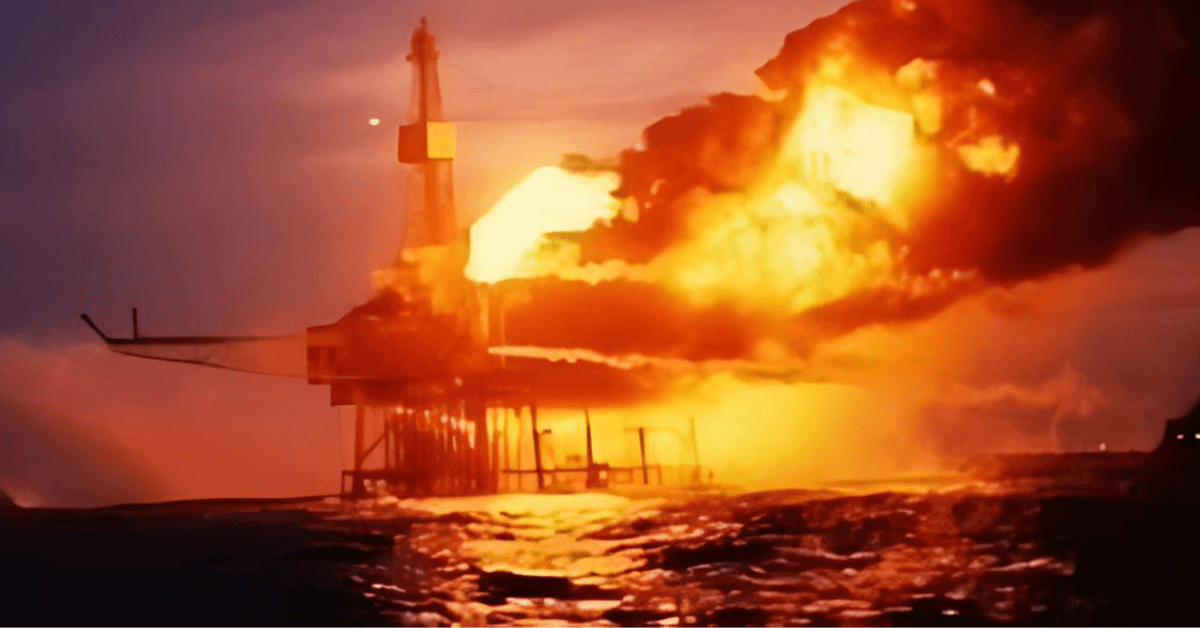
It was one of the biggest offshore oil platforms in the United Kingdom then and one of the most profitable.
Sadly, the incident could have been avoided if the communication between the morning and evening staff had been clear.
The oil rig exploded on July 6, 1988, after gas leaked from a condensate pipe.
As part of regular maintenance, the injection pump’s safety cover was removed and sealed with flanges for the time being as work was still in progress.
Per instructions, the pump had to be off; however, after a shift change, the evening shift workers switched it on, resulting in a gas leakage from its temporary cover. This led to massive blasts in which just 61 people survived.
2. Ekofisk Bravo Blowout
Ekofisk is a significant oil field in the North Sea that the Phillips Petroleum Company discovered in 1969. In April 1977, the Bravo rig experienced a sudden blowout, leading to a significant oil spill.
A reddish-brownish slurry-like liquid gushed out into the air over the rig. This accident resulted from an incorrectly fitted blowout preventer or safety valve.
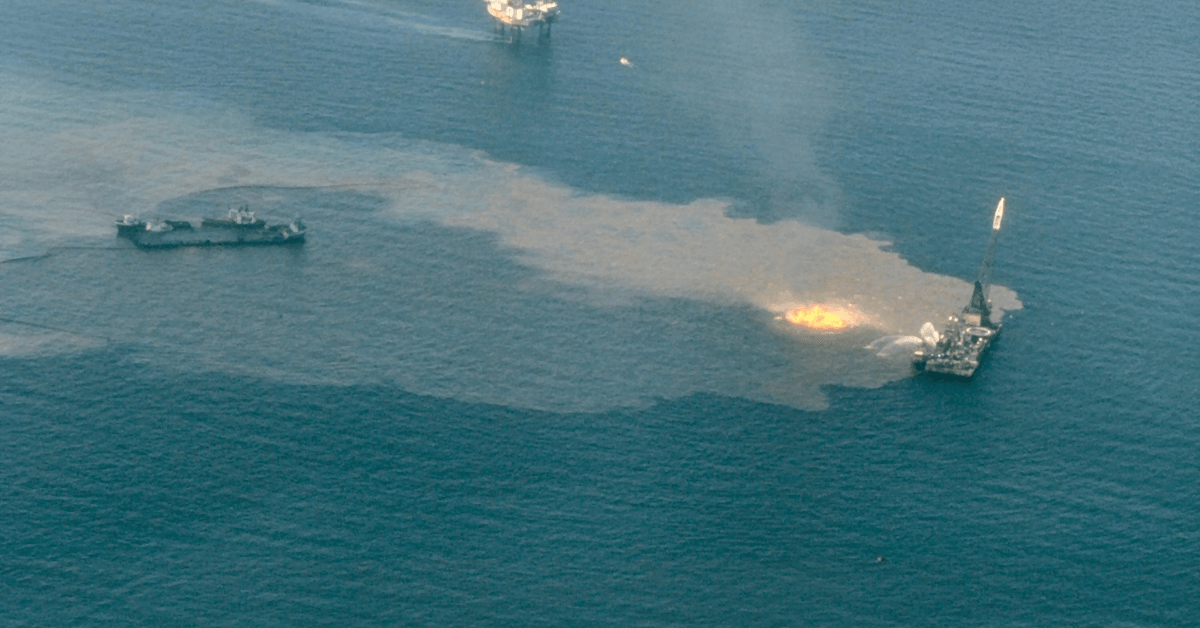
All 112 workers were rescued, but over 201,000 barrels of oil were released into the North Sea in a week before it could be controlled.
There were explosions and fire on the platform, but nobody died, luckily.
Harsh weather and gas leakages prevented efforts to stop the oil and gas leakage, but victory was finally achieved on April 30, 1977.
3. C.P. Baker Accident, Gulf of Mexico
The Barge C.P. Baker was involved in drilling operations in the Gulf of Mexico when the tragic incident occurred, killing 21 and injuring 22.
The barge was contracted for drilling in the Eugene Island oil field in the US Exclusive Economic Zone.
In the early hours of June 30, 1964, the vessel experienced a blast, after which water entered through its decks. It lost power and caught fire minutes later.
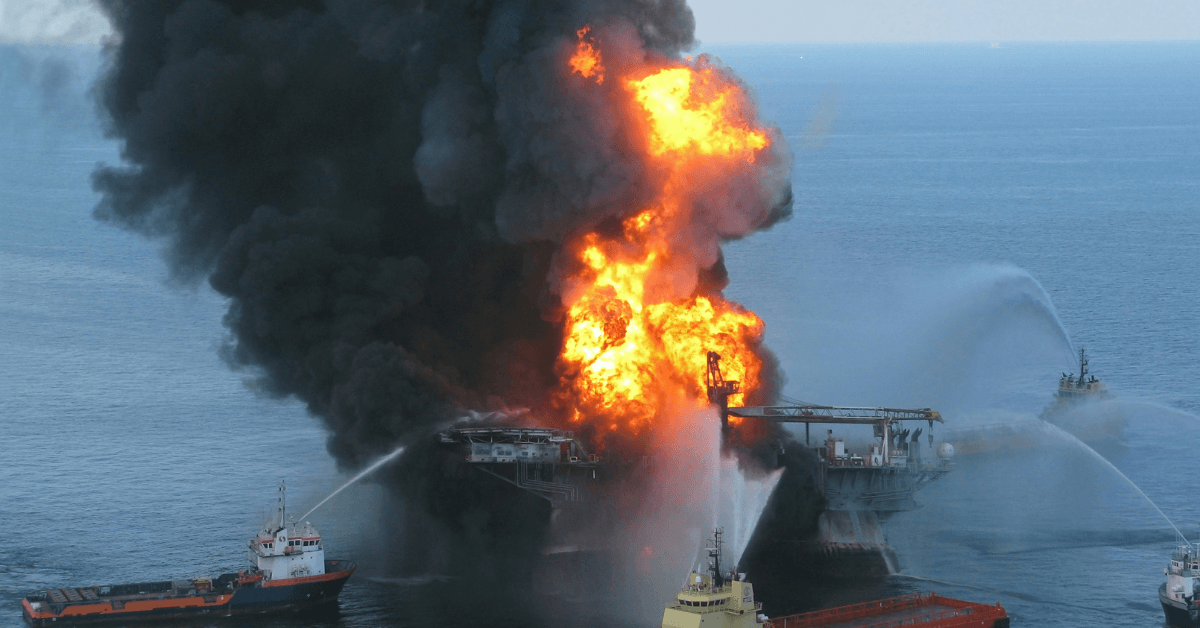
There were some explosions, and in half an hour, the vessel capsized. There were 43 crew members, of which 22 saved themselves. They jumped from the vessel into the open waters in an attempt to save their lives.
The search and rescue mission declared that eight were killed and 13 went missing.
4. Alexander L. Kielland, North Sea
This oil rig disaster was the result of a poor welding job. Sadly, 123 people died after the Alexander L.Kielland platform overturned in 1980.
When the incident occurred, the rig was owned by Stavanger Drilling Company and operated by Philips Petroleum.
This semi-submersible platform housed the workers of the Edda oil rig near Scotland on the Norwegian continental shelf.
The accident happened on March 27, 1980, when the wind speed was around 45 miles an hour and the waves were 40 feet high. The floating rig was held in place by six anchor cables until the workers were alarmed by a sound, only to realise later that 5 cables anchor cables had snapped.
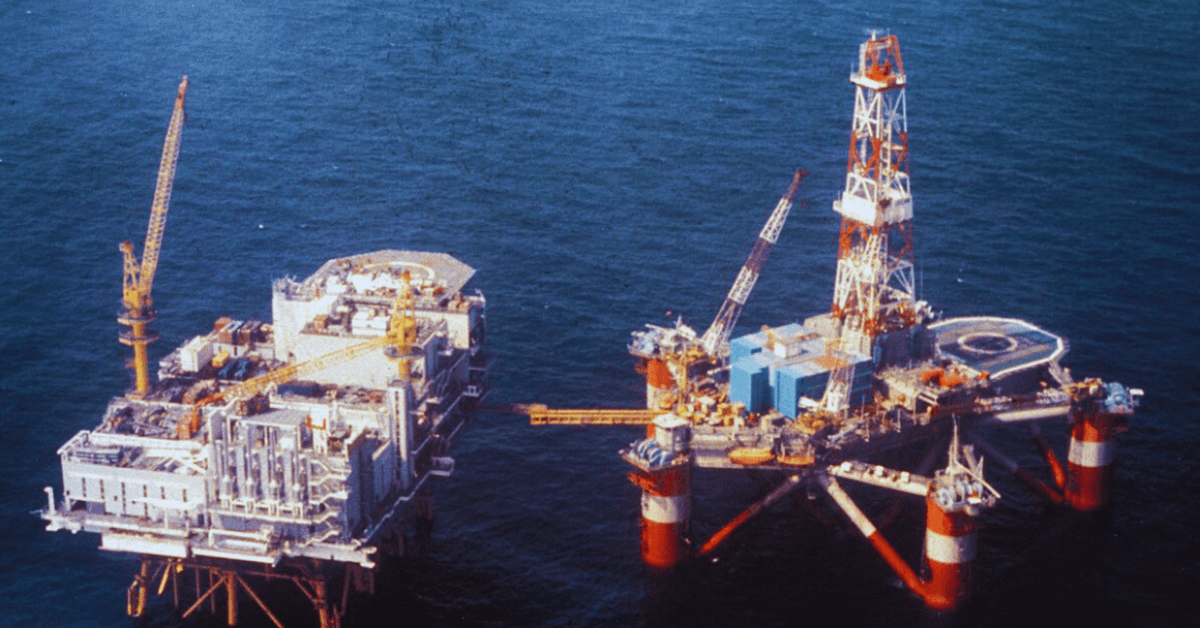
The rig was at the mercy of the rough sea, and just one anchor cable held it down, but in vain. The powerful storm swayed the rig as it tilted 30 degrees, and after 20 minutes, the last cable also broke, leading to the platform’s capsizing.
Most rig workers did not evacuate the platform due to poor command systems. The rig had 7 lifeboats, each accommodating 50 people and 20 rafts. However, as the rig capsized, there was no time; only a lifeboat and 2 rafts could be lowered into the waters.
Just 89 of the 212 workers survived, and most drowned when the platform turned upside down in the waters. The official investigation concluded that the incident resulted from a fatigue crack caused by a 6 mm wide poor welding job.
5. Enchova Platform, Brazil
This disaster unfolded in August 1984 in Brazil after a blowout resulted in flames and a massive blast at the Enchova platform, which Petrobras operated.
The majority of workers were rescued by helicopter and lifeboats, but 42 people died during the rescue efforts. The lifeboat could not be lowered, so 36 died, and 6 lost their lives when they jumped into the waters. Hanging mid-air, the boat crashed into the waters once its cables broke.
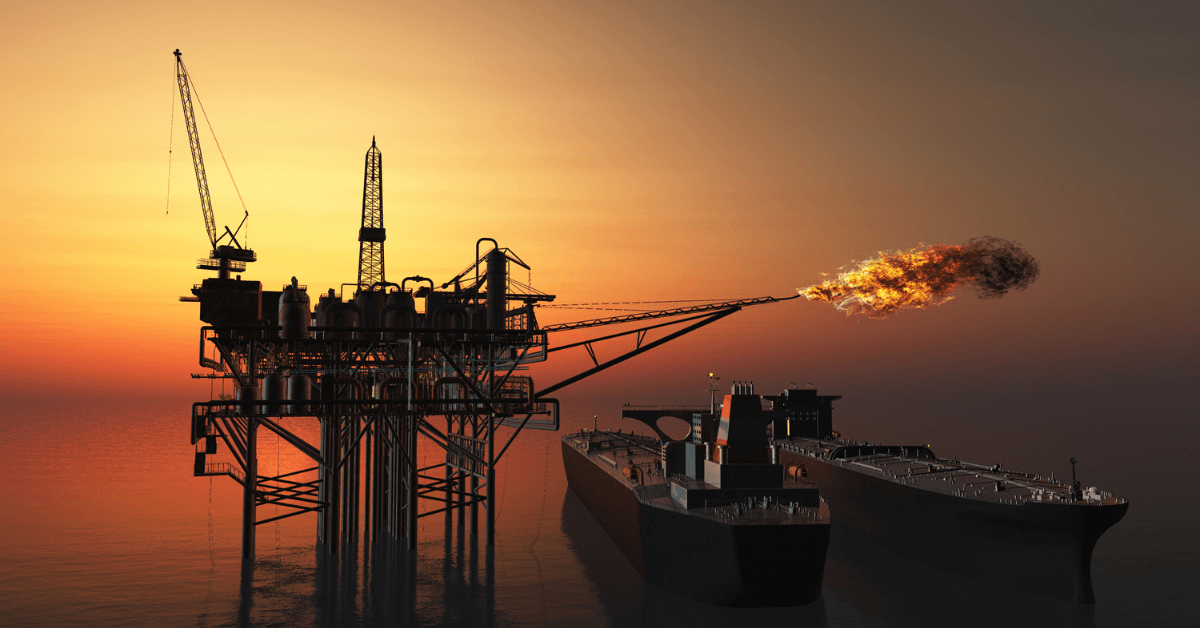
Another incident occurred at the platform in April 1988, when a well was engulfed in flames while work was underway to transform it to support natural gas production.
The fire destroyed the platform’s topside, but a nearby vessel saved everyone onboard.
The fire on the platform continued for 30 days and could be controlled only after relief wells were drilled. Ultimately, the rig was completely destroyed, and almost one and a half years after the tragedy, a new platform began production.
6. Mumbai High Explosion, Arabian Sea
This incident happened about 160 km west of Mumbai in 2005 and claimed the lives of 22 people.
The Mumbai High North oil and gas production platform was operated by the Oil and Natural Gas Corporation, which was owned by the Indian government.
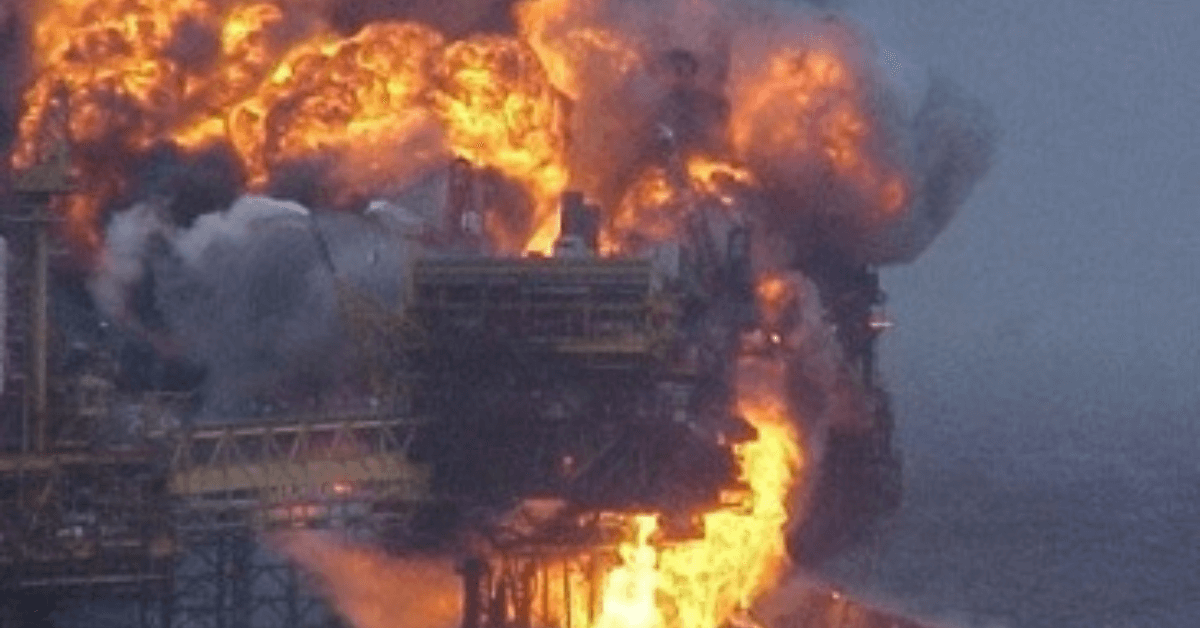
On 27 July 2005, a fire started on the platform after vessel Samudra Suraksha collided with the rig, rupturing many of its pipes.
Massive waves pushed the vessel towards the rig. As a result of the impact, gas leakage occurred, leading to a fire on the platform. The flames destroyed the multipurpose vessel and another rig drilling in the vicinity.
There was also a large oil spill, which negated the production of thousands of barrels & 4.3 million m3 of gas daily. A new rig began operation at the site in 2012.
7. Usumacinta Platform disaster
Kab 101 was a light-production oil platform operated by Mexican oil company PEMEX. It lay 26 km off the Tabasco coast.
On 23 October 2007, a collision between the Usumacinta jackup rig and this platform claimed 22 lives in the Gulf of Mexico’s Campeche Bay.
PEMEX had contracted the jack-up rig, and it was being moved to where Kab 101 was located to complete the drilling work of well Kab 103 when the incident occurred.
The seas were rough, and a powerful storm developed, with winds blowing at 130 km per hour and waves as high as 8 m.

The rig soon broke free and was at the mercy of the waves when it struck the rig Kab 101.
Hence, leakage started, and safety valves on the platform’s 2 production valves had to be closed. However, workers couldn’t seal them thoroughly, and the leaks continued and ignited.
Amidst the massive waves, 73 workers evacuated the facility in 2 lifeboats, eventually capsizing. During the incident, 21 people died, and 1 went missing.
Two more fire incidents were reported the following month but were brought under control without any casualties.
8. P-36 Oil rig explosion, Brazil
Petrobras 36, or P-36, was the world’s biggest floating semi-submersible oil platform before it sank on 20 March 2001.
It operated in the Ronador Oil Field, around 130 km off the coast of Brazil, and produced 84,000 barrels of crude oil daily.
On the morning of 15 March 2001, 2 explosions in the aft starboard column near the emergency drain tank shocked the workers.
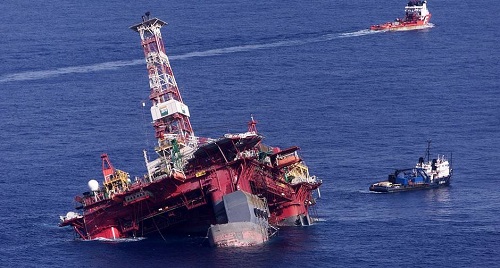
The two blasts resulted from overpressure and ignition of the leaking hydrocarbon vapours. During the accident, there were 175 people on the platform, of which 11 died. After the explosions, the rig listed enough to cause down-flooding.
Salvage and rescue teams worked over the weekend to save the rig by blowing nitrogen and compressed air into the tanks and expelling water, but they had to leave the rig due to worsening weather conditions.
The platform ultimately sank on March 20, five days after the blasts, in 1200 m of water with around 1500 tonnes of crude oil onboard.
9. Platform A, Santa Barbara
An explosion on Platform A, an offshore oil drilling rig, on January 28, 1969, led to one of the worst oil spills in the world.
Union Oil’s Platform A was in 188ft of water, about six miles off the coast of Santa Barbara. It served the Dos Cuadros Oil Field.
The Santa Barbara Oil Spill occurred in 1969 in the Santa Barbara Channel, near Santa Barbara, Southern California.
As a result, more than four million gallons of crude oil were released into the Pacific Ocean.

The oil polluted the beaches of Southern California, impacting the coastline from Goleta to Ventura and the coast of the four northern Channel islands.
Marine life was also impacted, and 3,500 seabirds died, as did many dolphins, sea lions, and elephant seals. Public pressure led to the passing of many environmental legislations in the years that followed.
It was the biggest oil spill in the U.S at the time and is now said to be the third largest after the Deepwater Horizon and the Exxon Valdez Spills.
10. Explosion on Deepwater Horizon Rig
A blast on the Deepwater Horizon Rig caused one of the largest oil spills in 2010 and killed 11 workers out of 126.
Deepwater Horizon operated in deep waters and was a semi-submersible rig for drilling operations.
The incident happened on 20 April 2010, when gas blew out from a well, leading to an explosion on the rig.
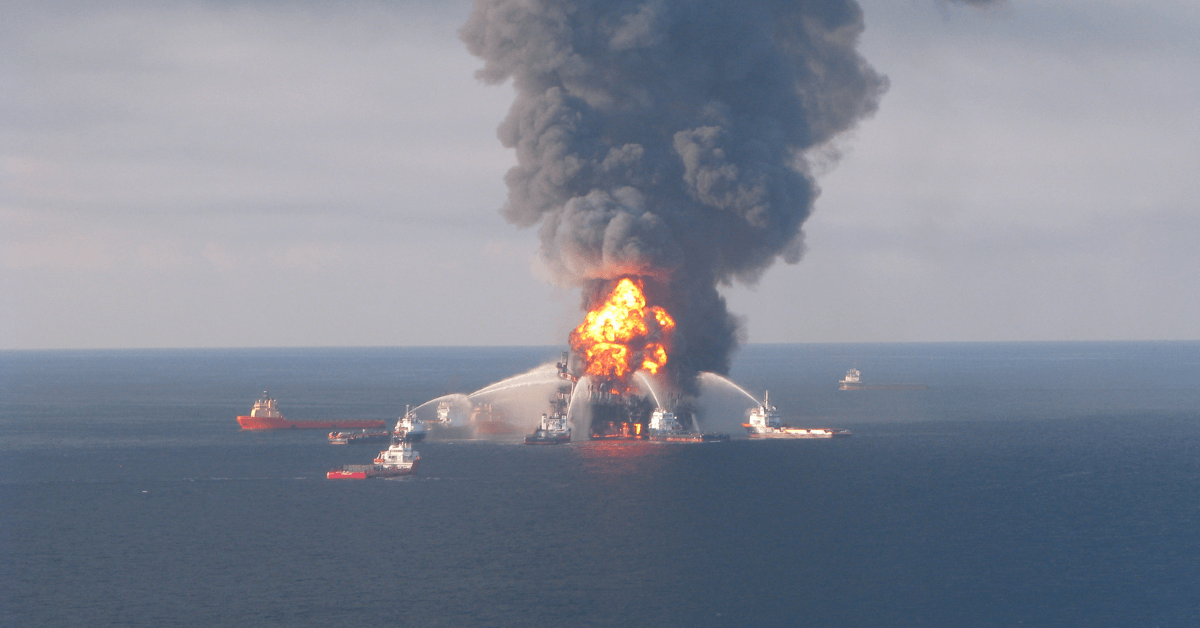
The rig burned for two days and then sank on 22nd April.
Around 1000 barrels of oil were released in the Gulf of Mexico daily. After 87 days, the well was finally capped.
BP spent around 14 billion dollars on clean-up in the next five years, and due to the Deepwater Horizon disaster, it had to spend over 56 billion dollars in total.
11. Bohai 2 disaster, China
This disaster occurred in 1979 and took the lives of 72 out of the 76 people who were on the platform.
It happened in Bohai Gulf, off the Chinese coast, when a towing vessel was moving the rig amid stormy weather. Strong winds broke the platform’s ventilator pump, causing a puncture hole in the deck, which led to flooding.
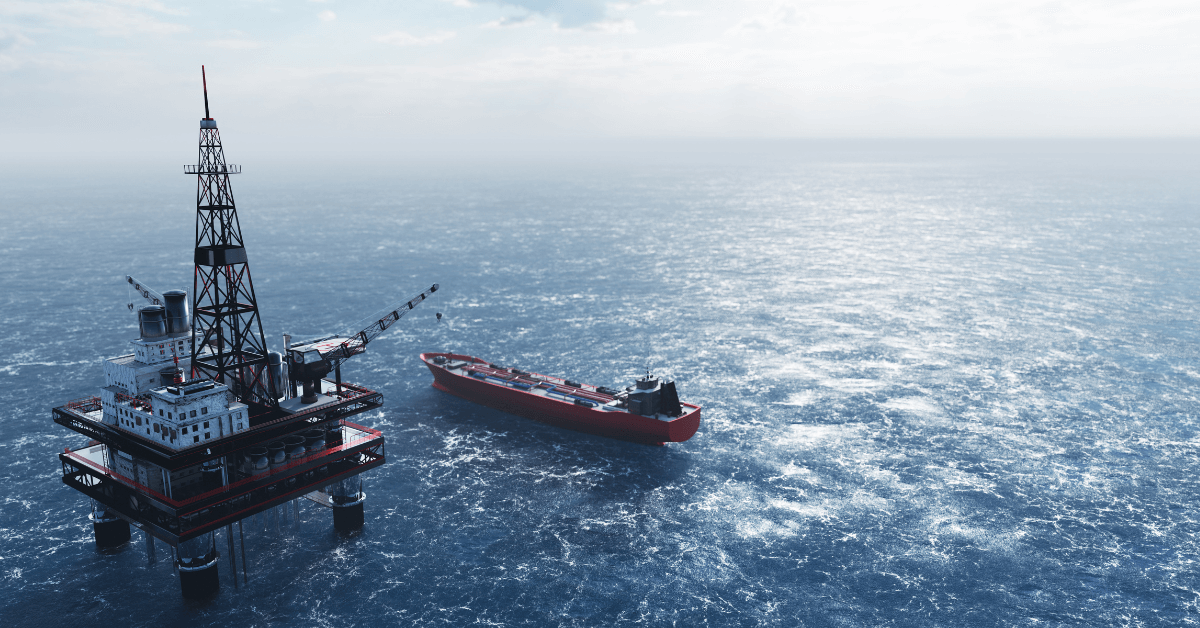
The platform became unstable, and worsening weather led to its capsizing. The accompanying tow vessel was unable to rescue the workers on time. They also didn’t know what to do because they lacked emergency evacuation training and did not know how to use lifesaving gear properly.
Investigation into the incident revealed a failure to properly stow the deck equipment before towing the platform. The towing procedure for bad weather was also not followed. The sunken rig was salvaged in 1981.
12. Ocean Ranger, Canada
The incident happened in the North Atlantic Sea off Newfoundland, Canada, on 15 Feb 1982, claiming the lives of 84 workers.
The Rig, owned by Ocean Drilling and Exploration Company, was hired by Canada’s Mobil Oil to drill at Hibernia Field. The rig could operate 1500 ft beneath the water and drill up to 25,000 ft below the seabed.
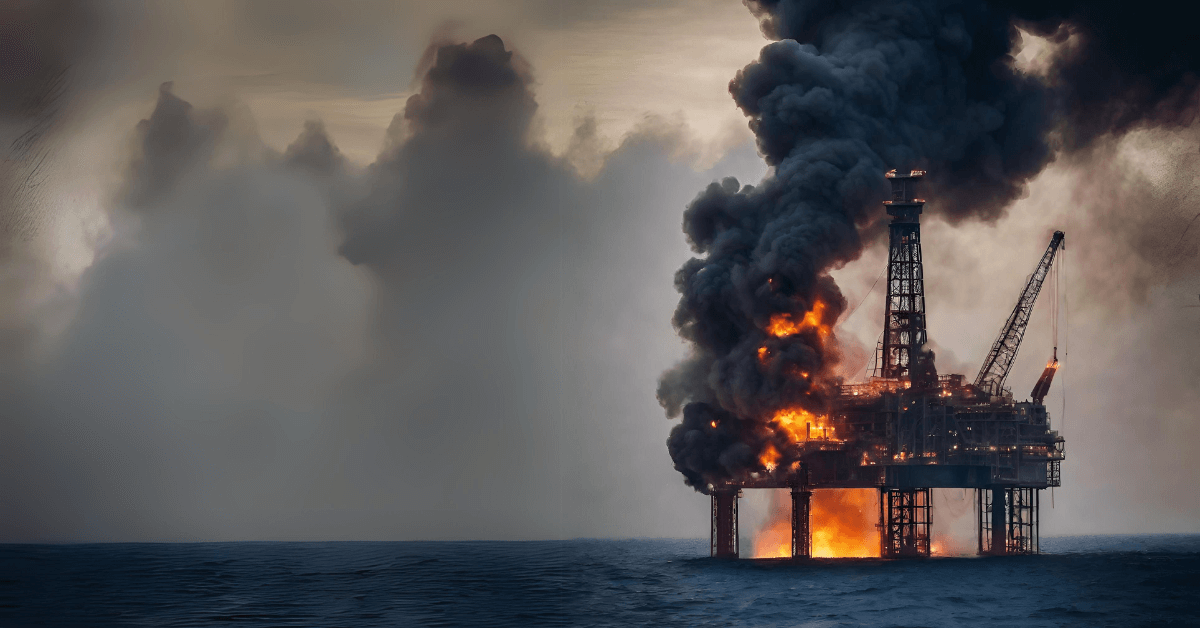
However, it capsized during a powerful storm with winds blowing at 190 km/h and waves as high as 20 m. It was found that a porthole window was broken, and water gushed inside, which caused the ballast control panel to malfunction.
Though crew members rushed to save their lives, just a single lifeboat with 36 people could be lowered, and of the 84 who drowned, 46 were employees of Mobil Oil.
13. Drillship Seacrest, South China Sea
The drillship sinking accident, which killed 91, is said to be one of the worst maritime disasters. It happened on November 3, 1989, during a strong typhoon in the Thailand Gulf, resulting from miscalculations and carelessness.
The ship had operated in the region since 1980 to drill gas wells for its owner, Unocal Corporation.
The ship capsized when high waves lashed against it, though it was held by eight anchor cables replaced by new ones in summer.
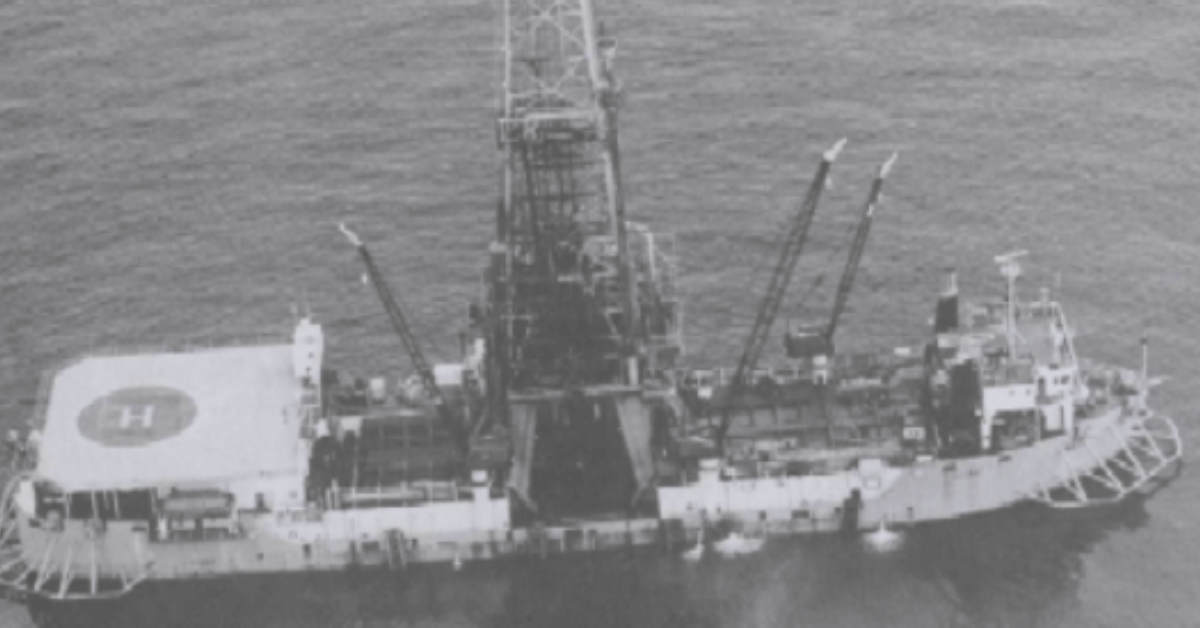
The rig had been facing the storm since October, so work was going as usual. It was near Bangkok and drilling in the Platong field when it went missing. A rescue helicopter saw it half sunk on November 5, 1989.
According to sources, everything happened so quickly that the crew members could not ask for help. It was later revealed that the rig was not seaworthy and had many issues. Just six people survived the disaster.
14. West Delta 32 Disaster, Gulf of Mexico
Oil Platform, West Delta 32, was engulfed in flames on the morning of November 16, 2012. According to sources, about 24 workers were on the platform when the incident occurred, 11 of whom suffered injuries and 2 went missing.
The explosion happened when repair and maintenance work was done on the platform. The workers cut a pipe using a blow torch, and the resultant sparks came into contact with containers having oil.
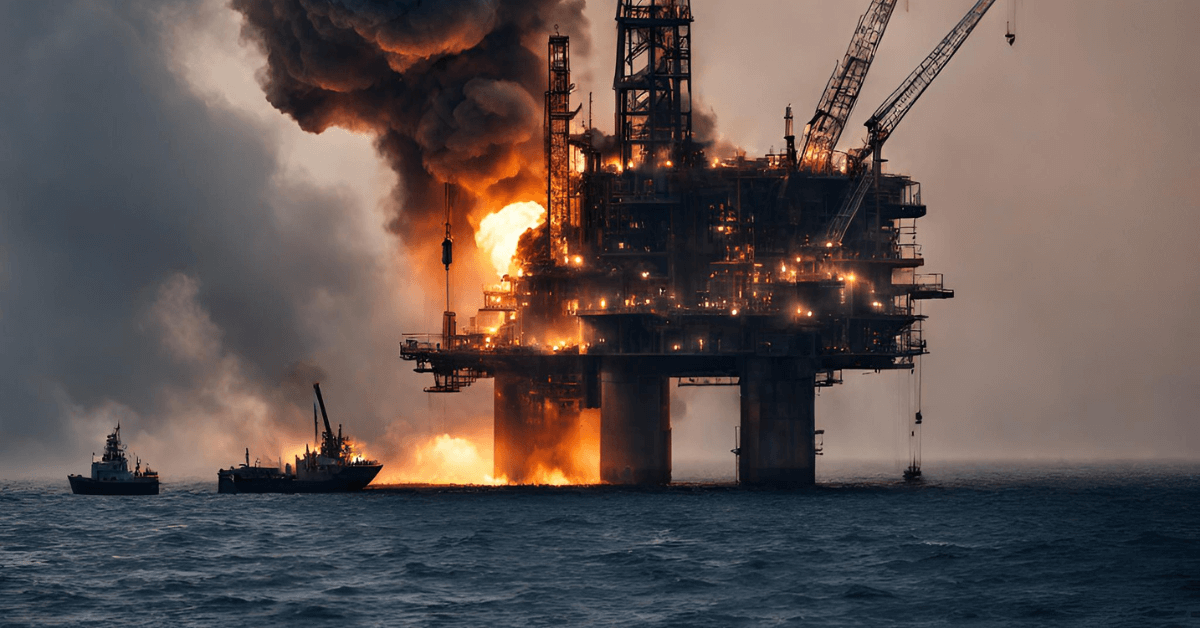
Some argue that welding work was not going on when the fire began.
Later, news reports revealed an oil spill involving 4 to 16 gallons of oil released into the Gulf of Mexico.
15. Montara Platform Disaster, Timor Sea
A blowout from this platform led to one of the worst oil spills in Australia. On August 21, 2009, an oil slick gushed from the Montara platform.
The leakage continued for three months but was controlled after the well was covered with mud.
The Montara Field lies off the coast of Kimberley, 430 miles from Darwin. When the fire spread, around 69 workers were rescued from the rig.
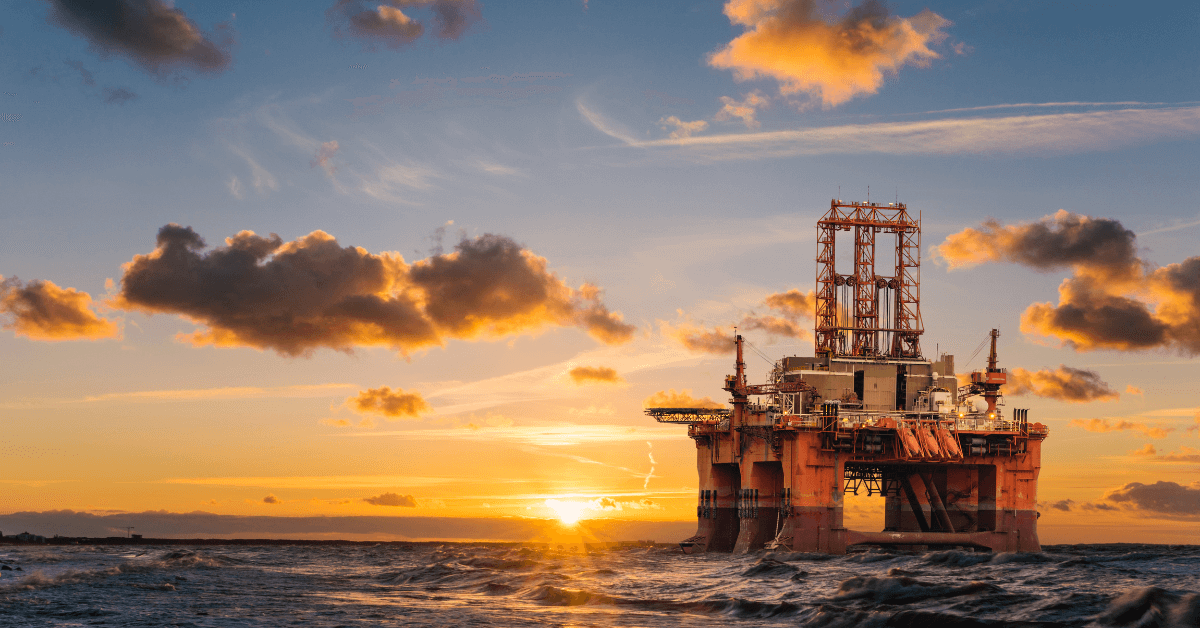
An offshore construction vessel with a massive crane was called for salvage, which took several days as the debris had to be removed, and clean-up was also undertaken.
Supervisors and Managers associated with the incident were removed from their positions after it was determined that safety measures were not followed properly.
You might also like to read-
- Main Reasons that Lead to Oil Rig Accidents
- Life On An Oil Rig – Do You Know What It Takes?
- 10 Major Oil Rigs In The Gulf Of Mexico
- Types of Marine Jobs: Oil Rig Roughneck
- An Oil Rig Converted into a Hotel
Do you have info to share with us ? Suggest a correction
Disclaimer :
The information contained in this website is for general information purposes only. While we endeavour to keep the information up to date and correct, we make no representations or warranties of any kind, express or implied, about the completeness, accuracy, reliability, suitability or availability with respect to the website or the information, products, services, or related graphics contained on the website for any purpose. Any reliance you place on such information is therefore strictly at your own risk.
In no event will we be liable for any loss or damage including without limitation, indirect or consequential loss or damage, or any loss or damage whatsoever arising from loss of data or profits arising out of, or in connection with, the use of this website.
Disclaimer :
The information contained in this website is for general information purposes only. While we endeavour to keep the information up to date and correct, we make no representations or warranties of any kind, express or implied, about the completeness, accuracy, reliability, suitability or availability with respect to the website or the information, products, services, or related graphics contained on the website for any purpose. Any reliance you place on such information is therefore strictly at your own risk.
In no event will we be liable for any loss or damage including without limitation, indirect or consequential loss or damage, or any loss or damage whatsoever arising from loss of data or profits arising out of, or in connection with, the use of this website.

About Author
Zahra is an alumna of Miranda House, University of Delhi. She is an avid writer, possessing immaculate research and editing skills. Author of several academic papers, she has also worked as a freelance writer, producing many technical, creative and marketing pieces. A true aesthete at heart, she loves books a little more than anything else.
Related Articles
Daily Maritime News, Straight To Your Inbox
Sign Up To Get Daily Newsletters
Join over 60k+ people who read our daily newsletters
By subscribing, you agree to our Privacy Policy and may receive occasional deal communications; you can unsubscribe anytime.

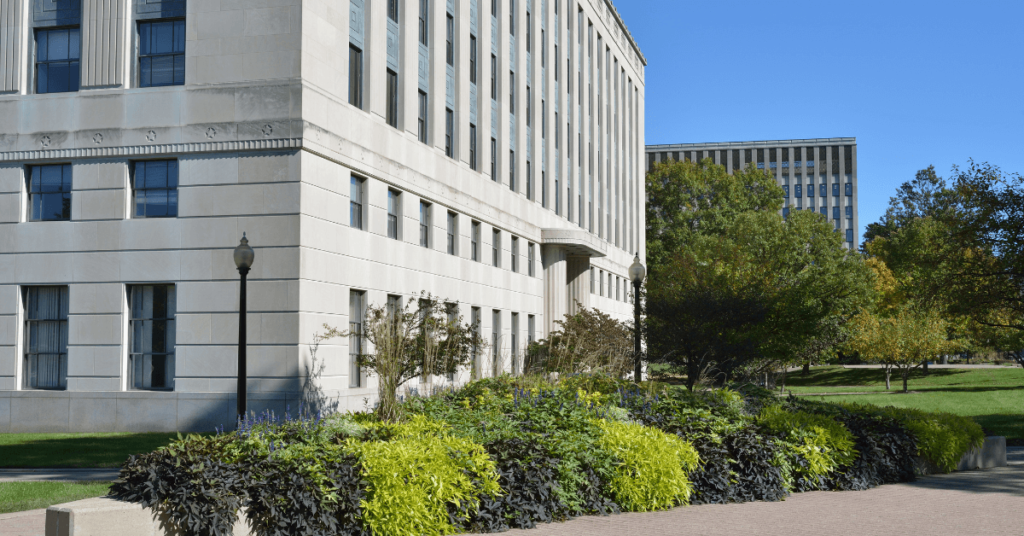
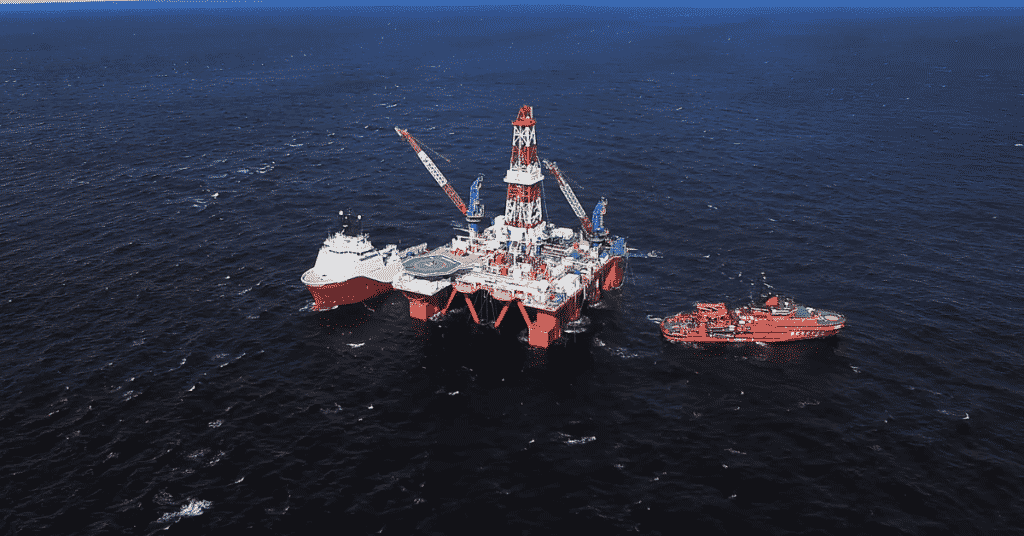
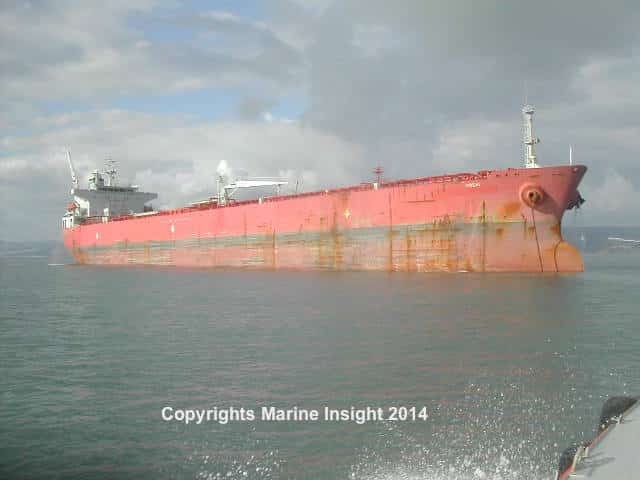
BE THE FIRST TO COMMENT